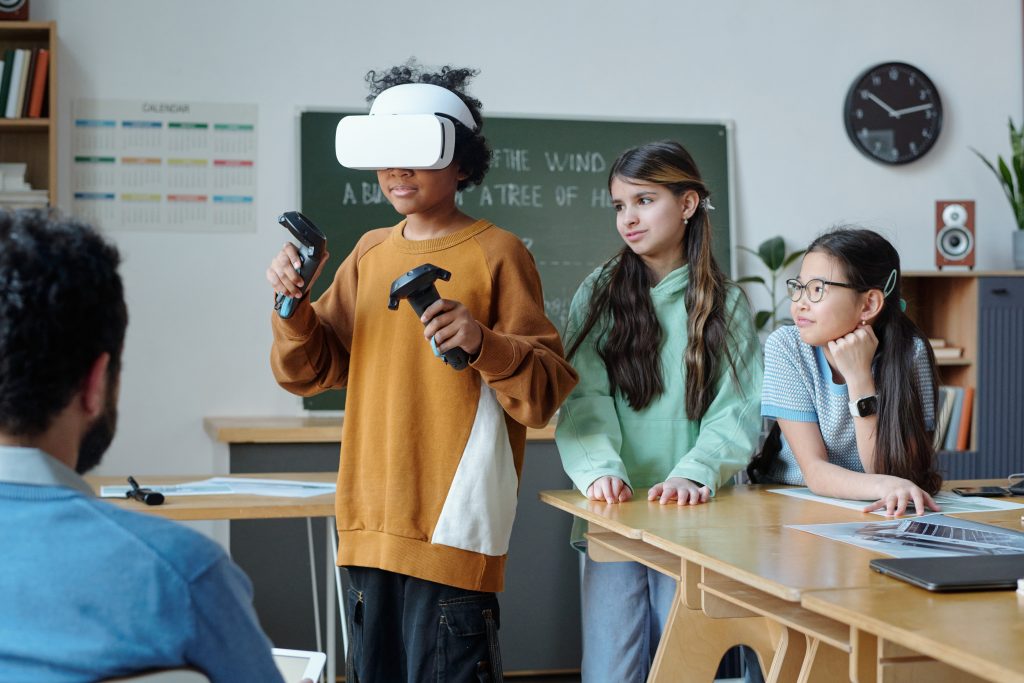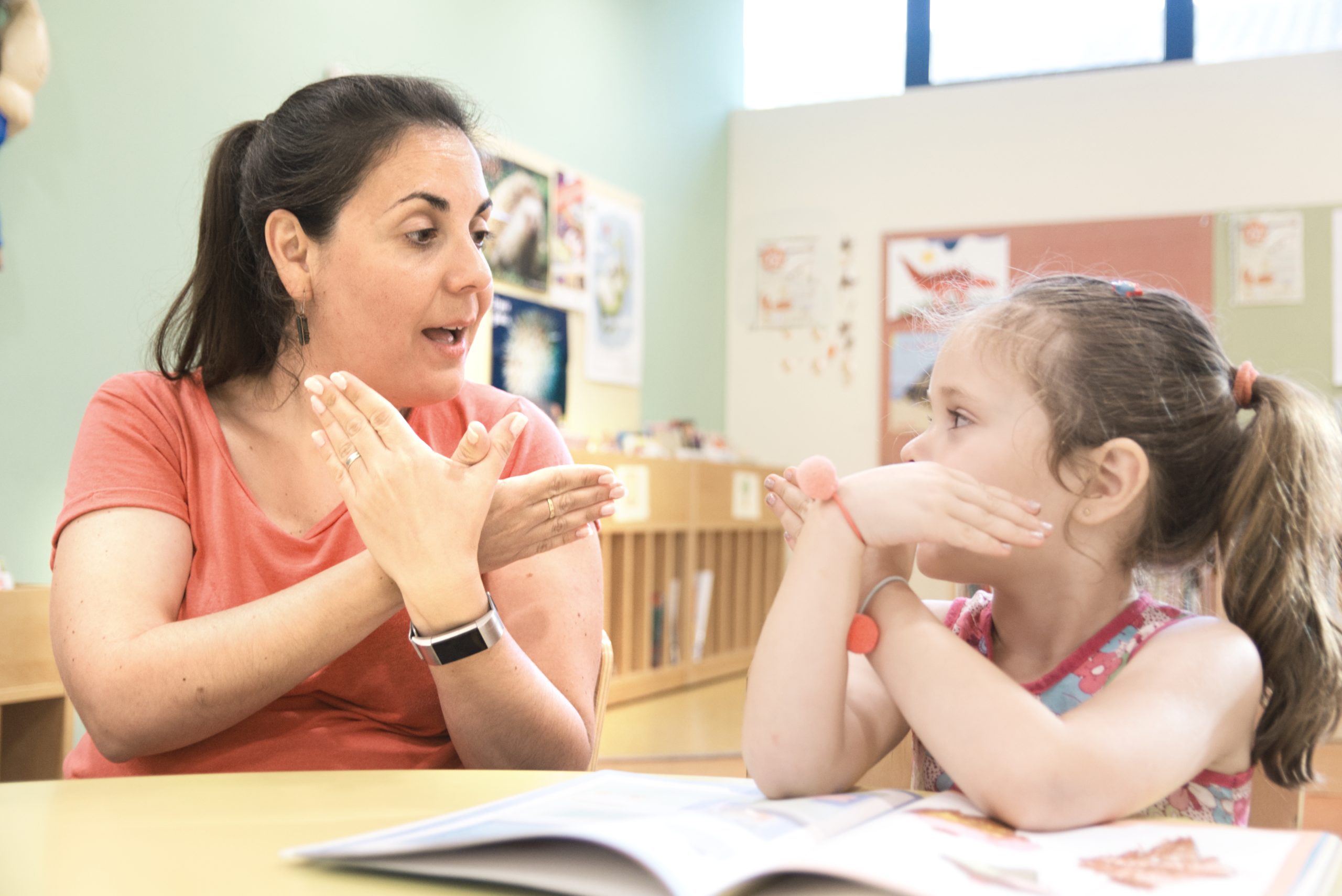Texas has just hit reset on how virtual education works statewide.
Governor Greg Abbott signed Senate Bill 569 into law, launching a new chapter for online and hybrid learning in public schools and charter systems. Authored by Senator Paul Bettencourt (R-Houston), the bill replaces the outdated Texas Virtual School Network with a more flexible and student-centered framework known as Chapter 30B.
At the heart of the law is a push to expand access to college-level courses. Students in rural or underserved areas often miss out on Advanced Placement (AP) and dual-credit classes simply because their schools can’t offer them. SB 569 aims to level the playing field by allowing these courses to be delivered virtually, giving more students a real shot at earning college credit while still in high school. It also opens doors for early graduation and apprenticeship programs, letting students blend academic learning with hands-on experience.
The bill doesn’t just focus on students—it also addresses concerns raised by teachers. During the rush to shift online, many educators were pushed into virtual classrooms without the training or choice to opt out. SB 569 fixes that by ensuring no teacher is required to teach online unless they’ve been trained and have agreed to do so.
To keep the quality of online learning high, the law sets clear standards for virtual course providers and puts oversight mechanisms in place. It’s a move to ensure that virtual instruction isn’t just convenient, but also effective. One standout feature of the bill is that it lets students complete up to two years of college coursework before they graduate high school, potentially saving families thousands in tuition and helping students hit the ground running.
Supporters of the law say it’s not just about academics—it’s about opportunity. Nonprofits like Upbring believe it could be a game-changer for at-risk youth, including students in foster care or the juvenile justice system. With more flexible and accessible options, these students have a better shot at staying on track, no matter what challenges they face outside the classroom.
More than 51,000 Texas students are already enrolled in virtual classes, and that number is expected to double by 2028. With SB 569 in place, the state is building the infrastructure to meet that demand—and to make sure students, no matter where they are, have access to a high-quality education that fits their needs.




